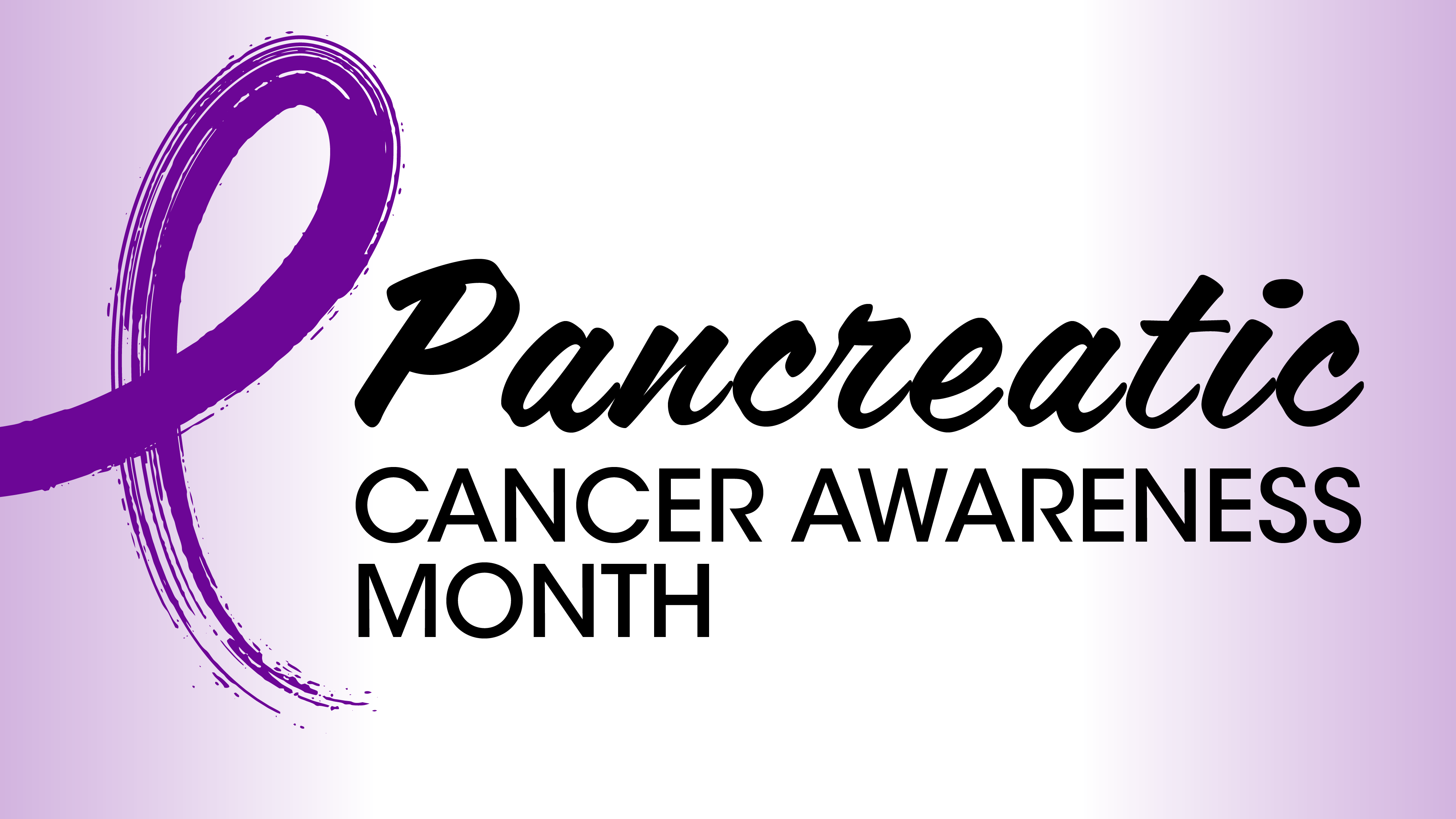
Gemcitabine Combo May Prolong Survival in Pancreatic Adenocarcinoma

Gemcitabine plus capecitabine was found to elicit longer survival outcomes than capecitabine alone in patients with pancreatic adenocarcinoma.
Adjuvant gemcitabine (Gemzar) in combination with capecitabine (Xeloda) yielded a greater long-term overall survival (OS) benefit than gemcitabine alone in patients with pancreatic ductal adenocarcinoma (PDAC), according to findings from the phase 3 ESPAC4 trial (ISRCTN96397434) published in the Journal of Clinical Oncology.
Data from the phase 3 ESPAC4 trial reveal a median OS of 31.6 months (95% CI, 26.5-38.0) with the combination therapy vs 28.4 months (25.2-32.0) with gemcitabine monotherapy (HR, 0.83; 95% CI, 0.71-0.98; P = .031). Furthermore, the HR for OS was 0.80 (95% CI, 0.68-0.95; P = .01) on multivariable analysis, and median relapse-free survival was 18.3 months (95% CI, 16.3-21.0) in the gemcitabine group vs 21.3 months (95% CI, 18.3-24.5) in the combination therapy group (HR, 0.85; 95% CI, 0.72-1.00; P = .053).
Notably, a significant benefit was observed with gemcitabine plus capecitabine vs gemcitabine monotherapy in treating patients with R0 status, with a median OS of 49.9 months (95% CI, 39.0-82.3) vs 32.2 months (95% CI, 27.9-41.6), respectively (P = .002). Additionally, a significantly higher 5-year OS benefit was observed with the combination therapy vs gemcitabine alone in patients with negative lymph node status (P = .04). Median survival across arms was 39.0 months (95% CI, 33.0-48.9) for patients with R0 status vs 25.9 months (95% CI, 23.9-29.0) in patients with R1 status (HR, 0.65; 95% CI, 0.544-0.768; P <.001).
[Gemcitabine plus capecitabine] remains the standard adjuvant treatment for patients with PDAC after up-front resection not fit enough for or not wishing to receive modified fluorouracil, folinic acid, irinotecan, and oxaliplatin [mFOLFIRINOX]. Exploratory analysis of the heterogeneity of the treatment effect between [gemcitabine plus capecitabine] and [gemcitabine] were explored by evaluating statistical interactions,” John P. Neoptolemos, MD, professor of Surgery and senior research group leader at the University of Heidelberg in Germany, wrote in the publication with study coinvestigators. “Although some caution should be applied because of the exploratory nature of the analysis, the results suggest that [gemcitabine plus capecitabine] may be particularly efficacious in [patients with] R0 [status] and may also be more efficacious in [patients with] lymph node-negative [disease].”
Adult patients who had undergone complete macroscopic resection for PDAC (n = 732) in the phase 3 trial were randomly assigned 1:1 to receive either gemcitabine monotherapy (n = 367) or gemcitabine plus capecitabine (n = 365) and were stratified by country of origin or resection margin status.
Patients received a 1000 mg/m2 intravenous infusion of gemcitabine in both arms once a week for 3 of 4 weeks over 6 cycles. In the combination arm, patients additionally received 1660 mg/m2 of oral capecitabine in 2 divided doses per day for 21 days followed by 7 days’ rest (4-week cycle) for 6 cycles. Patients were evaluated every 3 months following surgery for up to 5 years.
The median age of patients in the ESPAC4 study was 65 years (range, 37-81), with 173 of 732 patients being 70 years or older; a total of 415 were female. Furthermore, most patients (n = 690) had stage II disease, and most had a resection margin status of R1 (n = 439).
The primary end point of the study was OS. Secondary end points included disease recurrence.
Notable hematologic adverse events (AEs) in the gemcitabine monotherapy and combination arms, respectively, were low hemoglobin levels (59.6% vs 56.9%), neutropenia (48.9% vs 61.4%), hyperleukocytosis (38.2% vs 41.6%), thrombocytopenia (25.0% vs 29.6%), and lymphopenia (26.5% vs 21.0%). Furthermore, notable nonhematologic AEs occurring in greater than 20% of patients were fatigue (68.4% vs 65.9%), diarrhea (41.2% vs 43.1%), nausea (54.4% vs 52.4%), abdominal pain (27.2% vs 23.6%), and vomiting (24.3% vs 26.2%).
Reference
Palmer DH, Jackson R, Springfield C, et al. Pancreatic adenocarcinoma: long-term outcomes of adjuvant therapy in the ESPAC4 phase III trial. J Clin Oncol. Published online December 5, 2024. doi:10.1200/JCO.24.01118
Newsletter
Stay up to date on recent advances in the multidisciplinary approach to cancer.
































































































